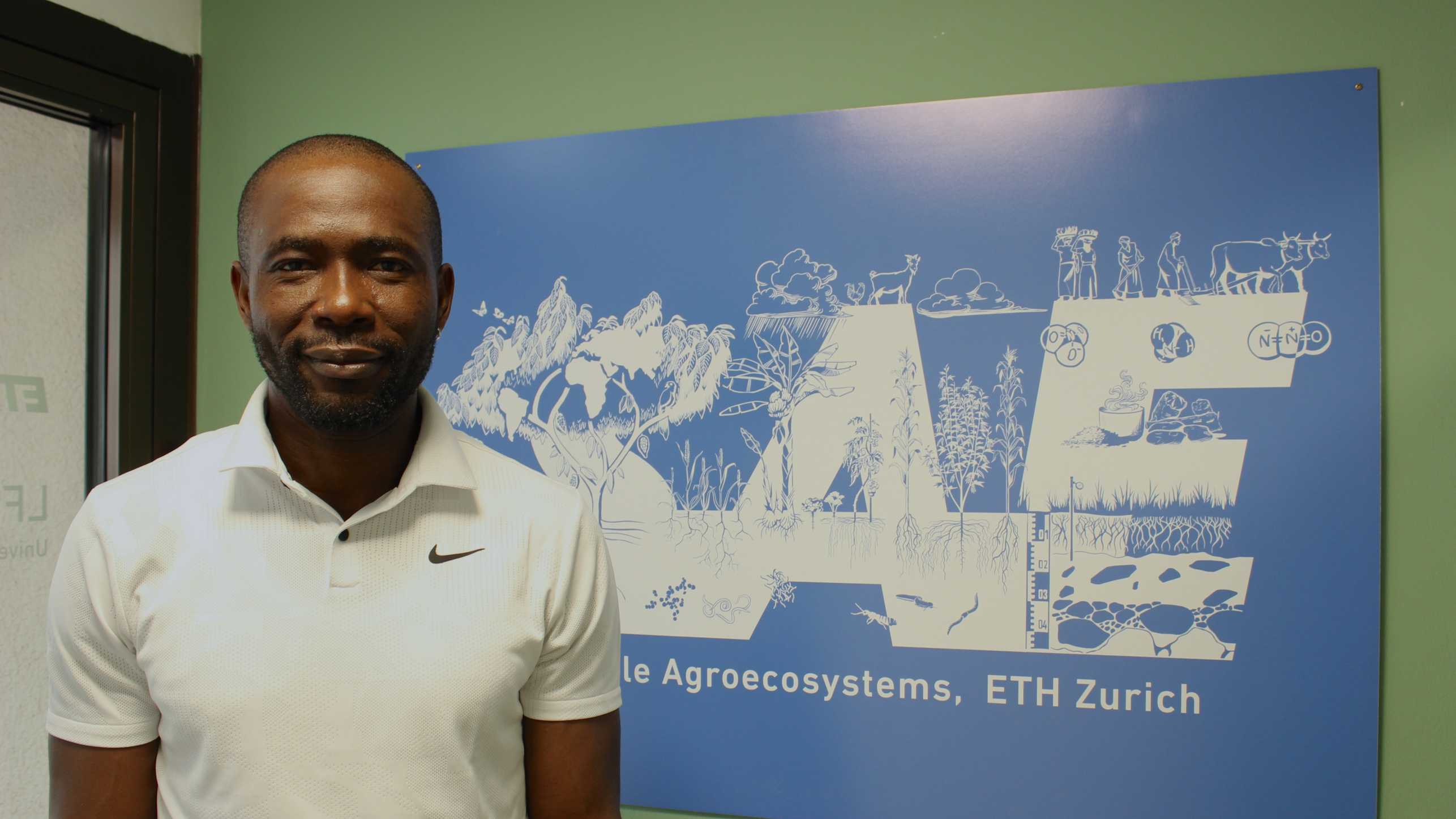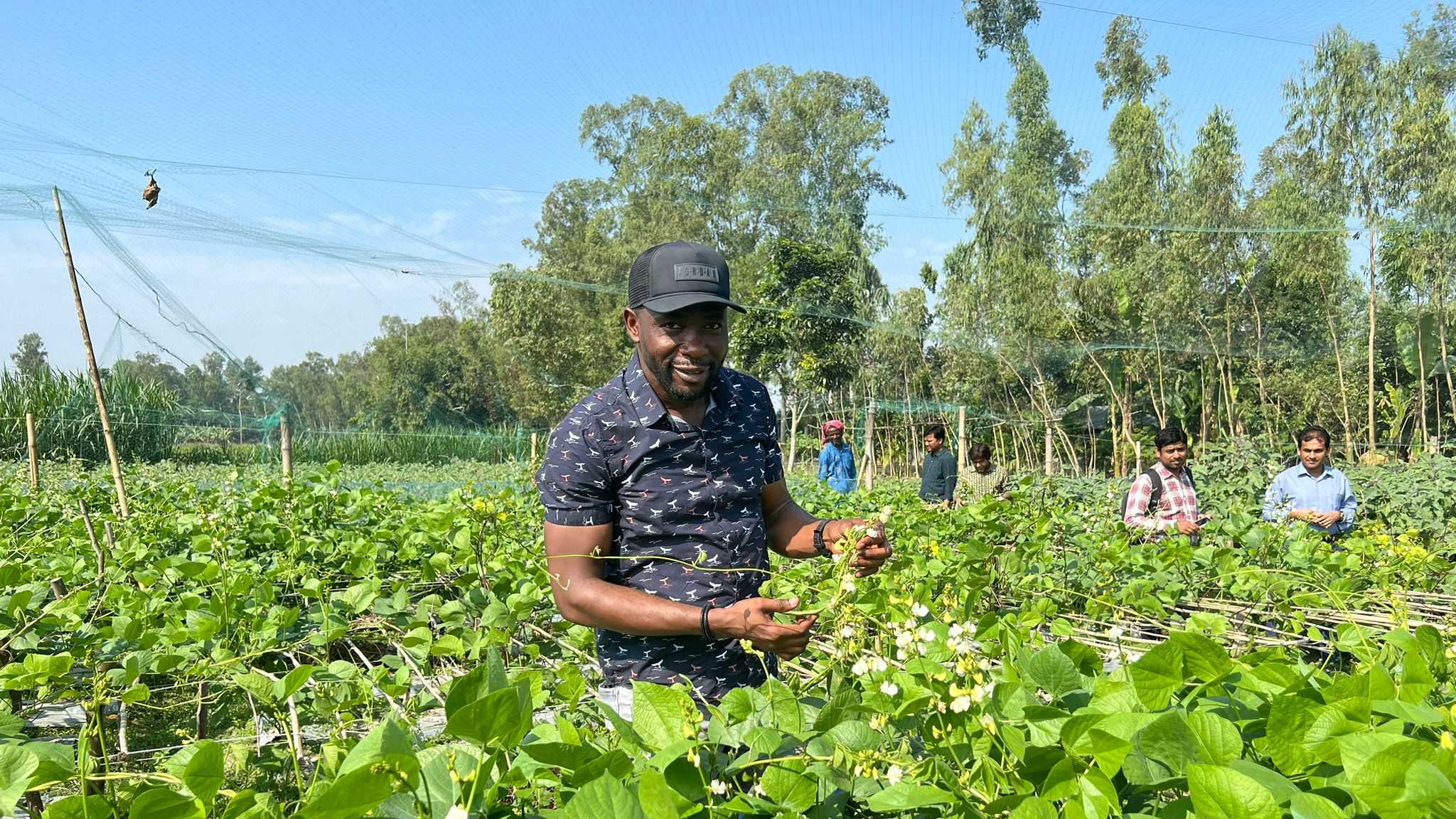Meet Charles Chigemezu Nwokoro

“I think that you cannot do what you don’t understand. My past research experiences and the SAE group have taught me to approach intercropping from different perspectives.”
Let’s meet Charles Chigemezu Nwokoro, scientific assistant in the SAE group. Charles is from Nigeria and graduated in Agricultural Sciences at the Michael Okpara University of Agriculture Umudike (Nigeria). After working on different research projects about smallholder systems and completing his PhD in cassava-maize intercropping, he is now supporting ongoing projects in the group.
How did your interest in agriculture and research develop?
“My parents were farmers. They were also involved in the multiplication and trading of stems of improved cassava varieties. My father worked for a renowned agricultural research institute in Nigeria. Thus, their conversations taught me the importance of choosing the right crop variety depending on the purpose and the concept of optimal planting density. The integration of research in agriculture has always been my reality.”
How did your journey in cassava-maize intercropping start?
“Cassava-maize intercropping systems are common in Nigeria. Once I planted maize seeds in my family field without considering the optimal space to keep between plants. Therefore, my father challenged me to see which plants would yield grain, mine or his well-spaced ones. It turned out that my plants did not produce a single cob. After learning this first lesson, when I was a research officer at the National Root Crops Research Institute, Dr. Anslem Udealor taught me a lot more about intercropping.”
What are you currently working on?
“I am supporting projects about greenhouse gas emissions and root-microbe interactions by setting up experiments and processing soil and plant samples. I am also working in the Nutrition in City Ecosystems (NICE) project. My role is to monitor the results of agroecological practices implemented locally to increase the production and supply of nutritious foods in Bangladesh, Kenya, and Rwanda.”
What have your research experiences, and the time spent in the SAE group taught you?
“I am glad I learned to use the R software for data analysis, to assess climate resilience of smallholder farming systems and to write peer-reviewed papers during my latest years in research. Most of all, the SAE group taught me the multidisciplinary approach to research and especially to cassava-maize intercropping practices. I would like to apply this knowledge to improve these systems, like the ones owned by many smallholders including my parents. And who knows, I could also implement these practices on my own fields in the future”
If you want to know more about Charles’s research and the projects he is supporting, visit the following websites: NICE project, N2O isotope Lab, and external page MICROSEL project.
You can contact him via e-mail for more questions:
